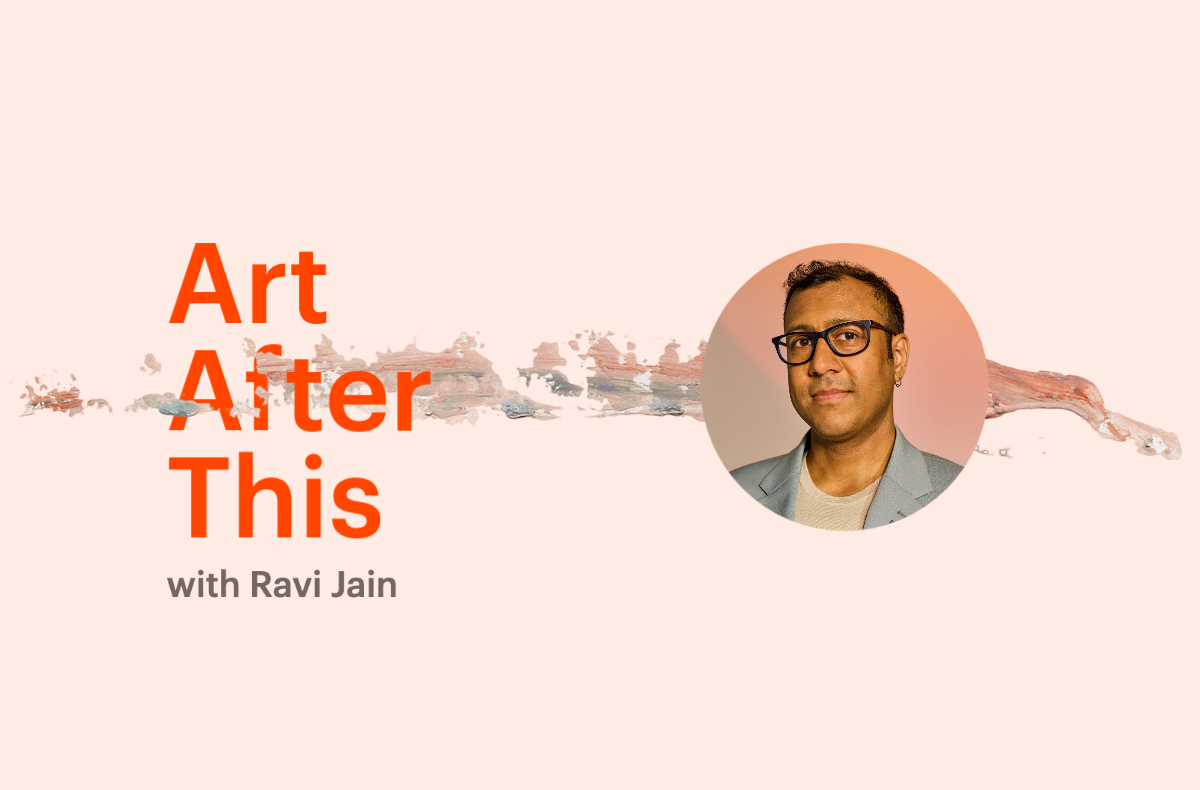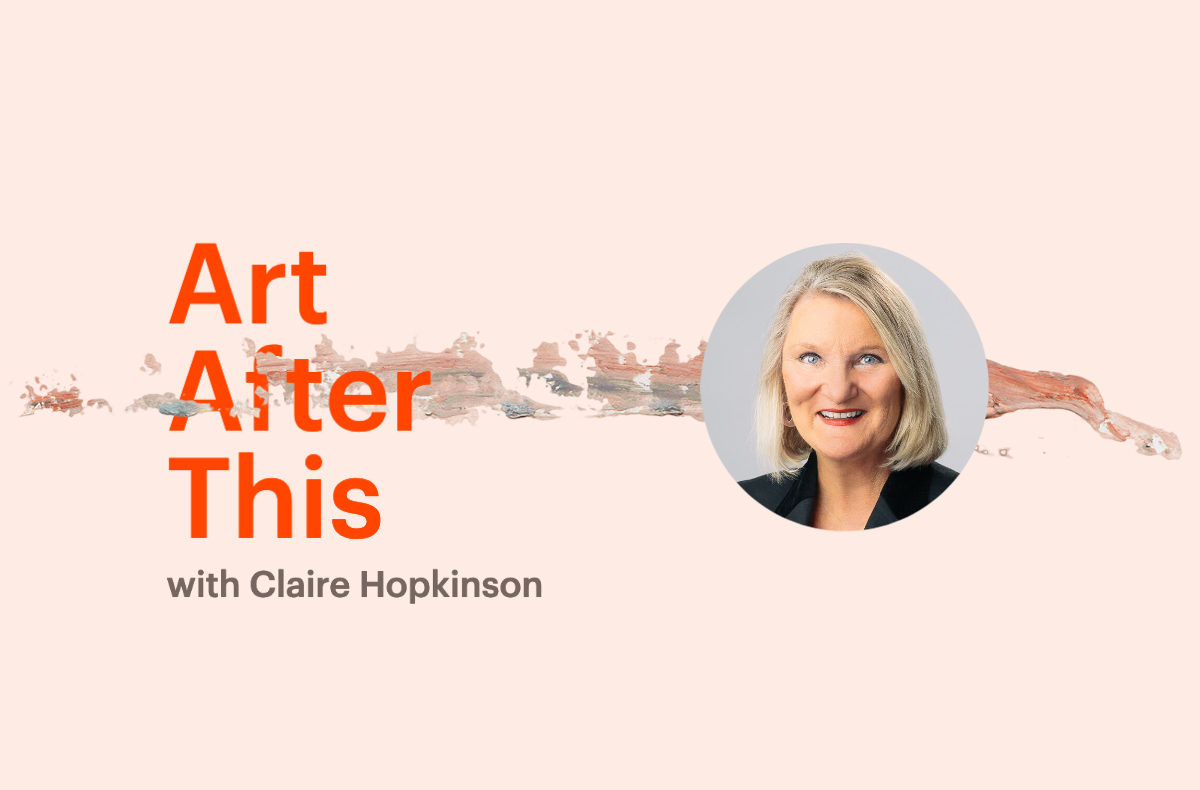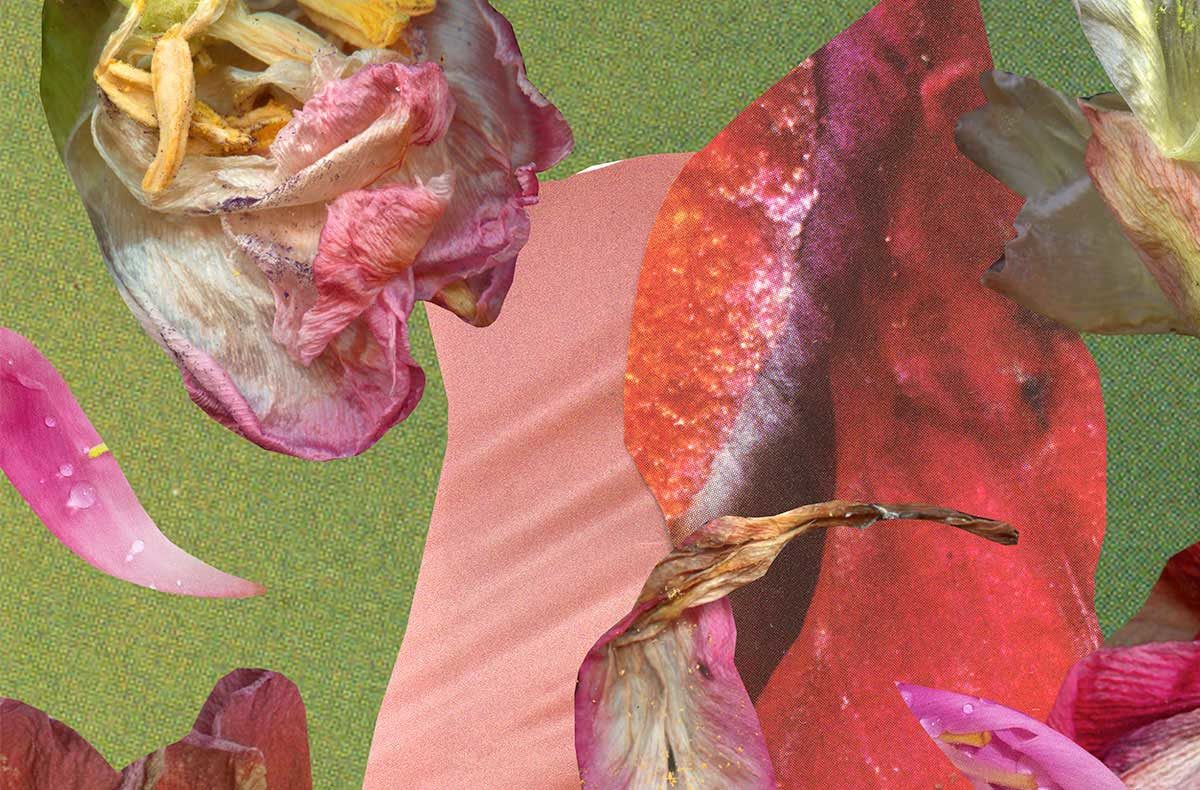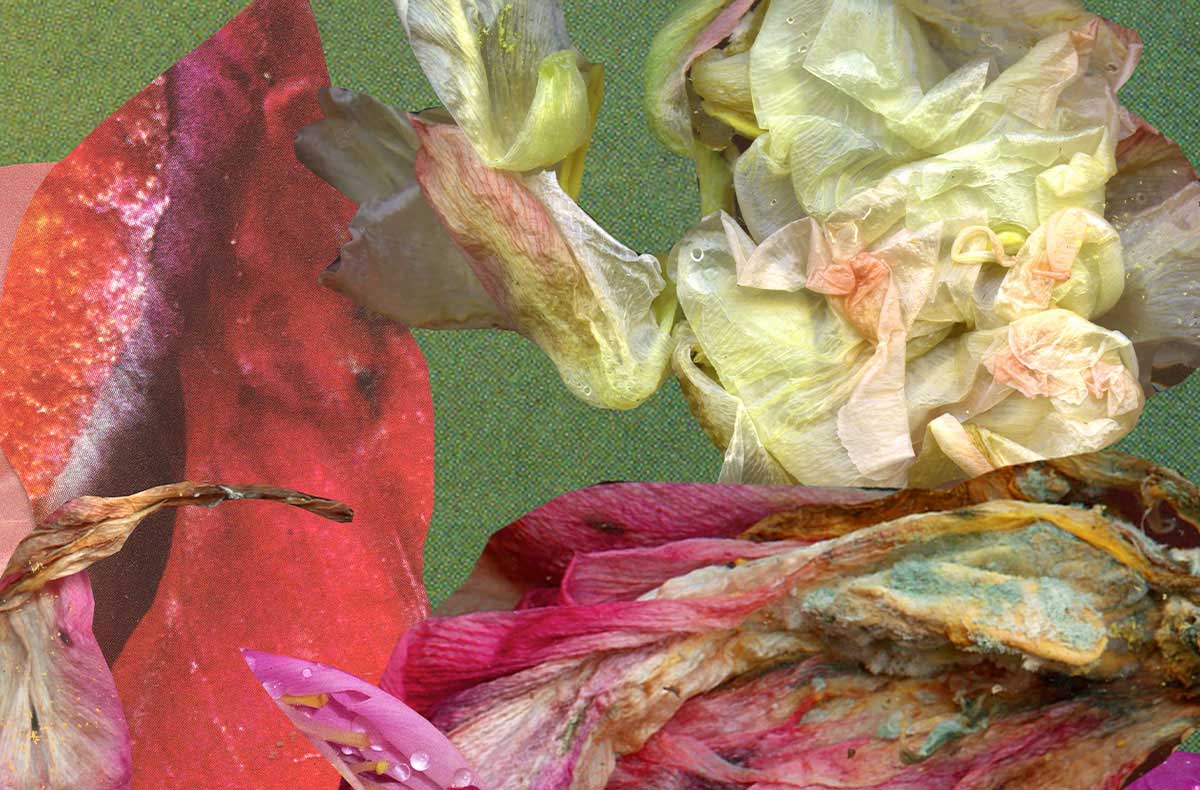By David Maggs, Metcalf Fellow on Arts and Society
I was lucky to catch Ravi Jain in the midst of a particularly meteoric moment in his career, fresh off the premiere of Mahabharata at the Shaw Festival. Jain has distinguished himself not only as a theatremaker in this country, but as a changemaker as well. The efforts of Jain and his team at Why Not Theatre go beyond rhetoric and advocacy, developing key strategic initiatives that shift how nonprofit culture gets made in Canada — and who gets to make it.
One of their prime examples of this work, RISER, began as a way to create staging opportunities for independent theatre artists in Toronto and is now a model being replicated in other cities in Canada. More recently, they have built a platform to provide independent artists some of the administrative capacities they need to develop and deliver their work. These are examples that I had in mind when considering what “keystone” activity might look like for the arts. For this reason, I was especially eager to chat with Jain about the use of ecological metaphors to help us reimagine our cultural sector.
“I don’t like it,” he said.
Quietly, I began scratching out my next three follow-up questions as inconspicuously as I could.
“Ok, ok, I used to like it,” he confessed. “I used to believe we were a system like that — big trees providing shade to little trees, symbiotic relationships, all that — but reading your piece with Claire Hopkinson, it was clear to me…this is not a natural ecosystem.”
Why the change in opinion, I wonder?
“In nature, everyone has the same understanding,” he explains. “The sun will rise, the sun will set. I drink water, I photosynthesize, I’ll be eaten by a deer, the deer will be eaten by a lion. We’re part of the same cycle and we don’t compete for truth.”
“But culture?”
“We’ll never achieve a unified understanding of what the arts are for. Nobody has the same definition, the same vision, we’re all divided. We don’t have the same values, the same belief in what that functionality is.”
“But isn’t that a good thing?” I ask, “the diversity?”
“It’s a very good thing!” he responds. “But what’s bad about it is who determines which belief is more important. That’s the problem. Yes, we want a multiplicity of perspectives as to what art is for. But let’s be honest, money determines value. Opera is more important than community theater. Why? Because money says so. From the perspective of the impact each one of these has? We could tell a different story.”
Which sounds to me like we agree — neither of us sees the cultural system as a natural system. So aren’t we both similarly hopeful that being inspired by natural systems might help us shift our cultural system in inevitably progressive ways?
“Nope,” said Jain.
Having already crossed out most of my questions, I have only a bit of awkward silence with which to plead for clarity on the distinction he is bringing to this issue.
“It covers up,” he explains. “It’s an artificial set of decisions that we then start to think of as natural. It says, those big institutions? Those are the big trees because they are supposed to be the big trees. So of course we have to resource them as our big trees! But why can’t that dance school in Scarborough teaching South Asian classical dance out of a woman’s basement — why can’t that be a big tree? Why can’t that have the resources it needs to nurture an ecology of creative activity that is relevant and responsive to its community? Evoking ecosystems normalizes what we’ve got, it naturalizes what are not natural entities — they are artificial choices, rooted in money and power and legacy.”
Ah. Enfin, the light goes on. Where I see natural metaphors as having some potential to shake up the status quo of our current cultural nonprofit sector, Jain sees the potential for them to do precisely the opposite — to lend an approving gloss of “natural” over an inherited, legacy-driven sector.
“We’ve got a system that is already so static, it’s not designed for new things to grow. It’s designed to sustain, to keep the same things going — to keep a single narrative going, a single narrative of what culture means in this country.”
Rather than inspiring us to question structures of power as they exhibit themselves in how we think about art in Canada, here, Jain is encouraging us to be more careful with our use of this imagery, to understand its potential to serve as an instrument of that power instead. Where ideas of natural systems might inspire a relationship with organic, responsive processes of birth, growth, death, decay, and change, they might equally reinforce a mandate of conservation instead — nature as park rather than wilderness.







